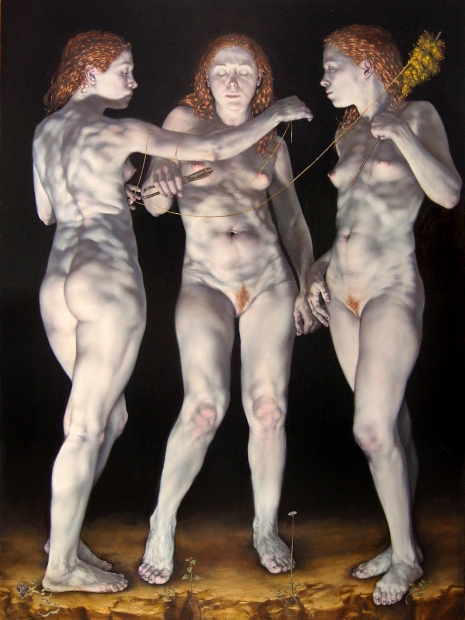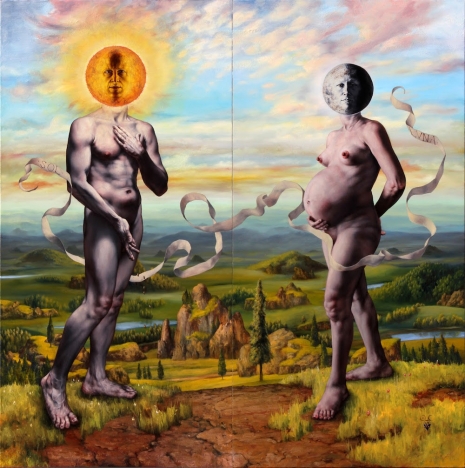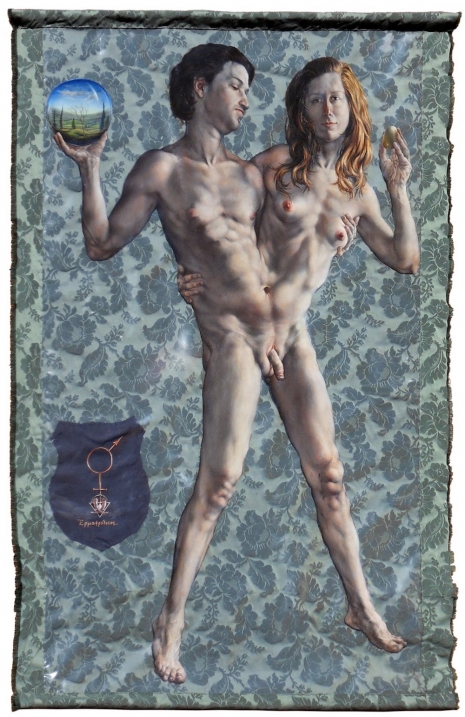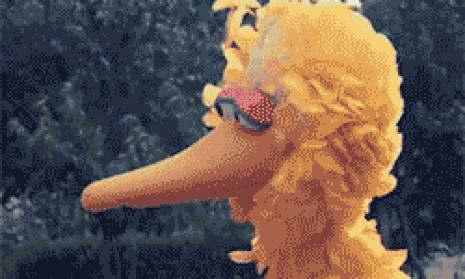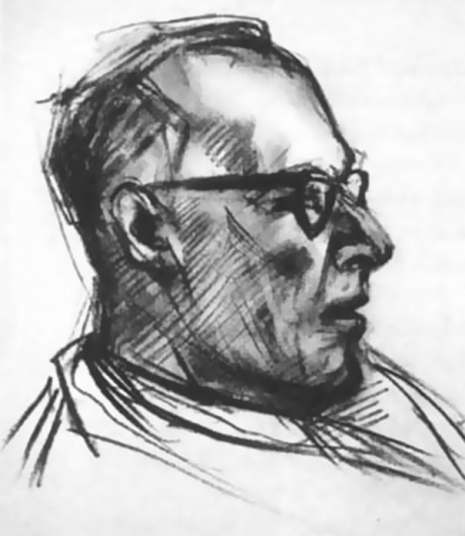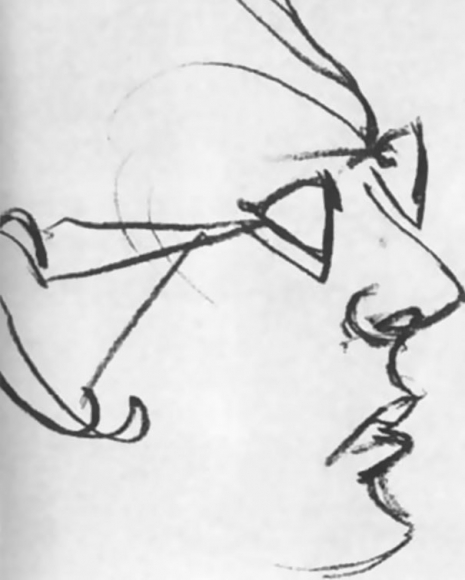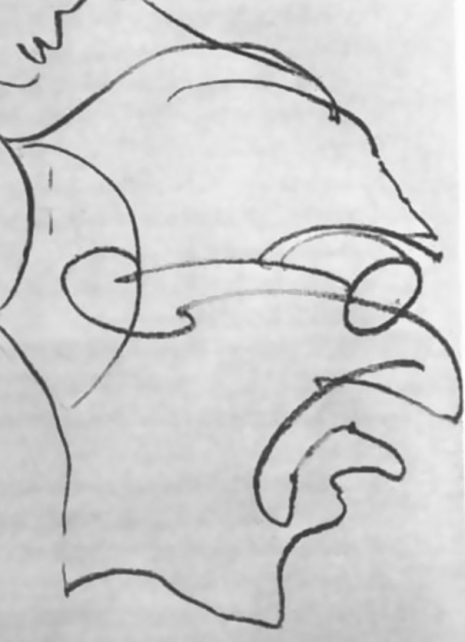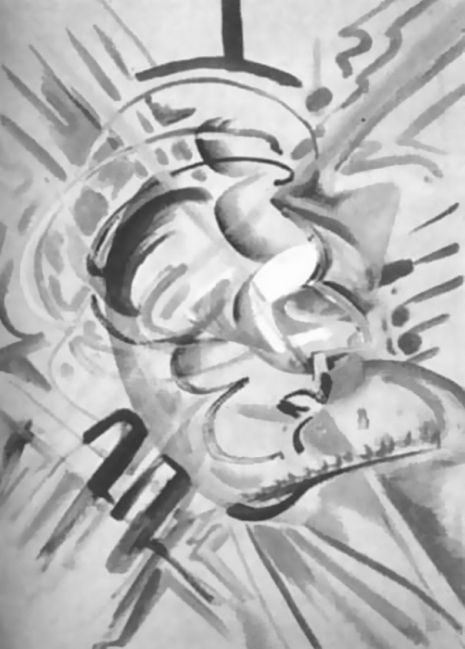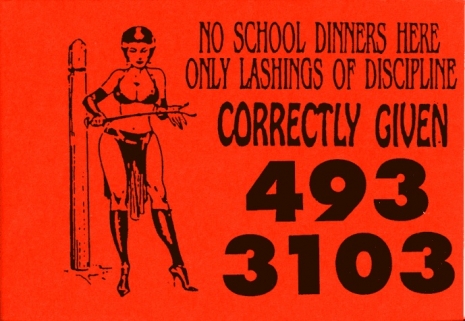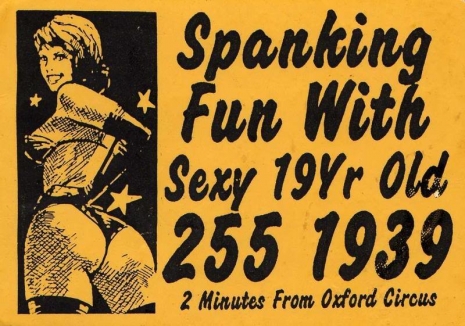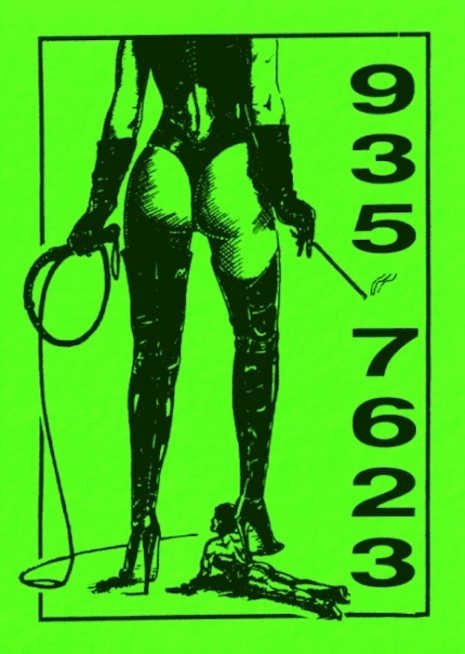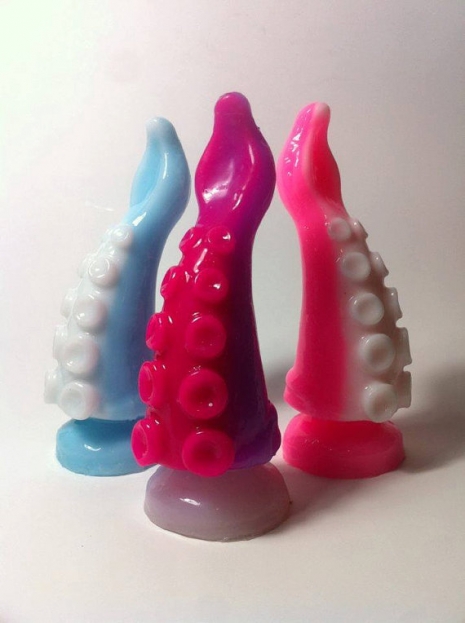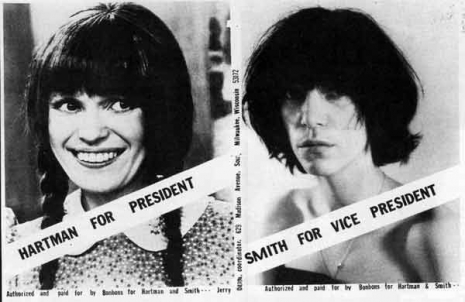
Any discussion about the presidency in 2017 has to start with the notion that about 90% of Americans living or dead would be an improvement over the current occupant of the Oval Office. Having said that, it’s much more fun to contemplate an actual presidential hopeful of several decades ago that really might have been waaaaaaay better in many respects than ANY of the 45 men we’ve had as president so far (okay, actually 44).
I refer to Mary Hartman, the doubly eponymous main character from Mary Hartman, Mary Hartman, Norman Lear’s groundbreaking and addictive soap parody from the mid-1970s that starred Louise Lasser and also did so much to introduce the country to the prodigious talents of Mary Kay Place, Martin Mull, Dabney Coleman, and Doris Roberts. (One of the most astonishing aspects of Mary Hartman, Mary Hartman was that it was produced five days a week for more than a year, meaning that it left behind a remarkable 325 episodes in its 2 seasons. Today you can buy the entire series on DVD of course.)
You probably didn’t know that Mary Hartman was a presidential candidate in 1976, the year that Democrat Jimmy Carter narrowly bested the Republican incumbent Gerald Ford. And if you didn’t know that, then it’s extremely unlikely you knew that Patti Smith was her running mate. I’m not a constitutional scholar, but I will assert with a high degree of confidence that the Constitution does not bar fictional characters from the presidency. As for Patti Smith, who is definitely not fictional, she became the ticket’s VP pick without any consent or even knowledge that it was happening, but she graciously accepted the bid after the fact.
The whole thing was a kind of prank or stunt by the Fluxus practitioner and “mail art” pioneer Jerry Dreva, a native of South Milwaukee, Wisconsin. In the early 1970s, Dreva and some of his fellow Wisconsinites, finding themselves in Southern California, founded a collective known as Les Petites Bonbons that specialized in mail art pranks.
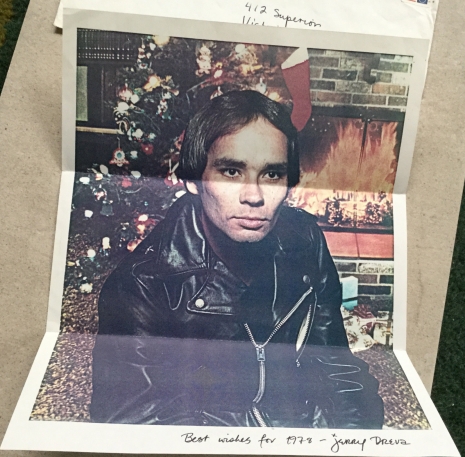
One thing about mail art is that it tends to announce the location of its projects. The Hartman/Smith ticket mailing, which appears to have numbered about 1,500, actually has a return address on it, 629 Madison Ave., in South Milwaukee, so it might be the case that Dreva had returned to his home state by that time. It’s not clear. Dreva passed away in 1997.
There is incredibly little information about the Hartman/Smith project. In a 1984 issue of High Performance, Suzan Carson wrote that “Dreva livens up the most boring presidential election in memory with two flyers promoting the candidacy of Mary Hartman for president and Patti Smith for vice-president of the United States.” She also added that Smith accepted the nomination as “president of vice” (har har) at a Milwaukee concert. That concert was probably held at Milwaukee’s Oriental Theatre in March 1976—anybody reading this remember that show?
Earlier this year, there was an auction on Canadian eBay for a “small collection of late-1970s works by mail-art pioneer Jerry Dreva, including glossy prints for the Mary Hartman / Patti Smith campaign in 1976,” which also included several other amusing mailings by Dreva from 1976 and a little bit later, and I’ve reproduced some of those here for the fun of it.
It’s a shame Mary Hartman didn’t get elected president—it would have been fun to watch the Supreme Court tussle with that legal conundrum. Of course I suppose it’s likely that Smith would have become president instead. Or maybe Hartman would have stayed president—and done more good for the country than Donald Trump will ever do.
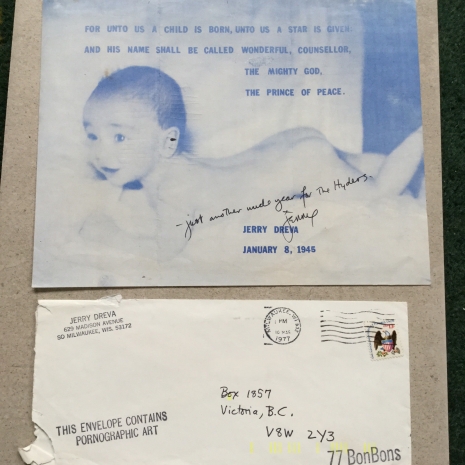

More of Jerry Dreva’s postal tomfoolery after the jump…..






